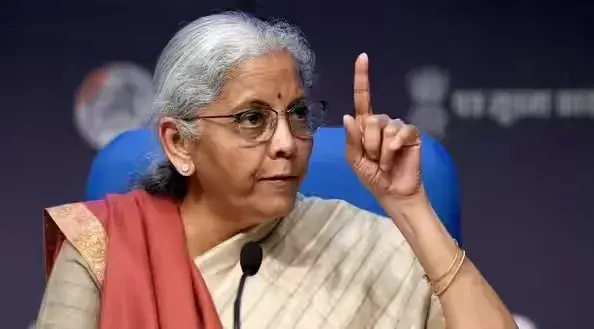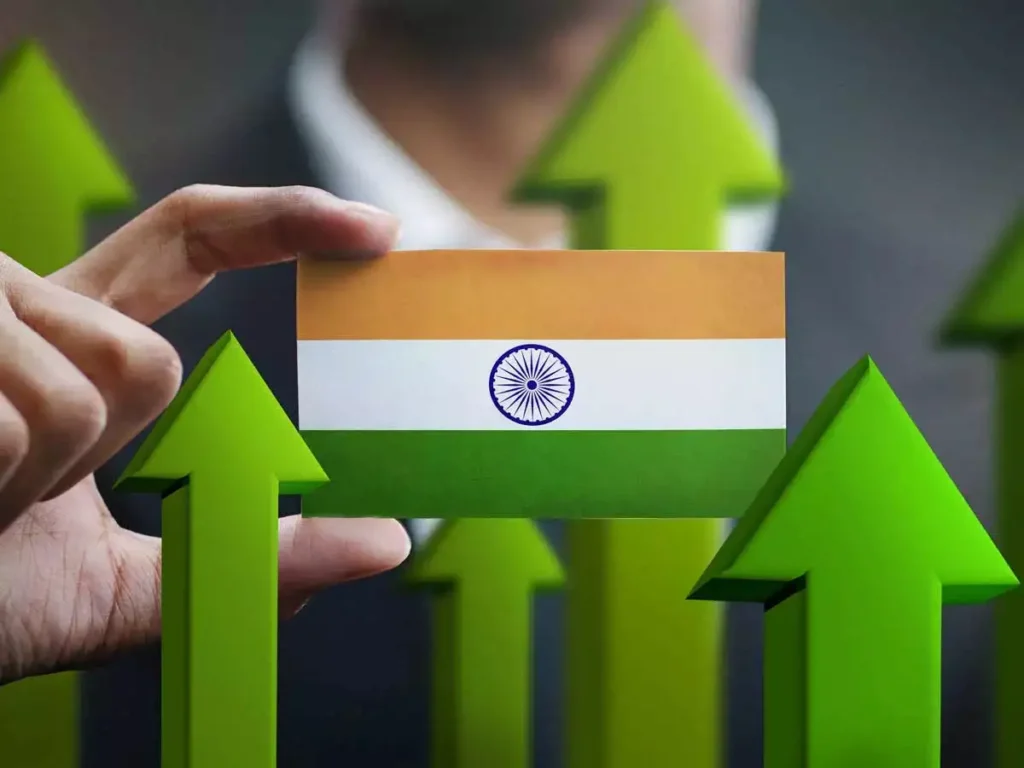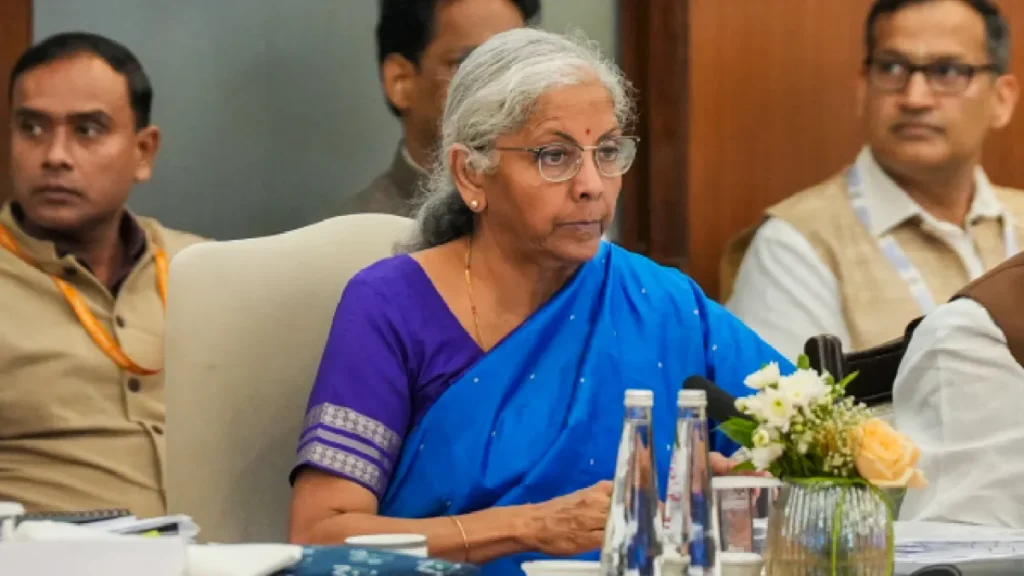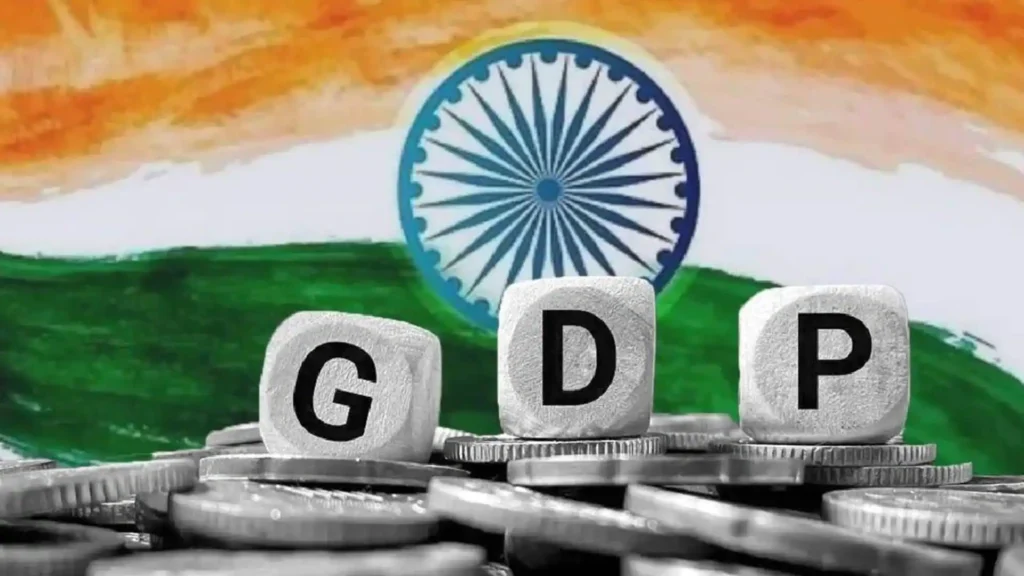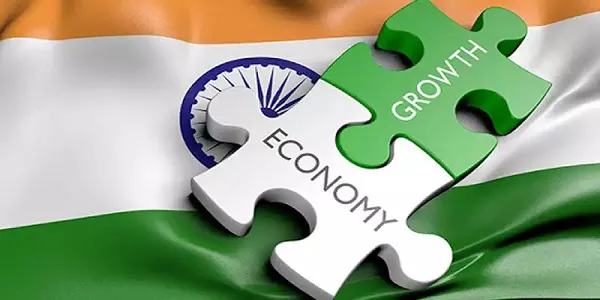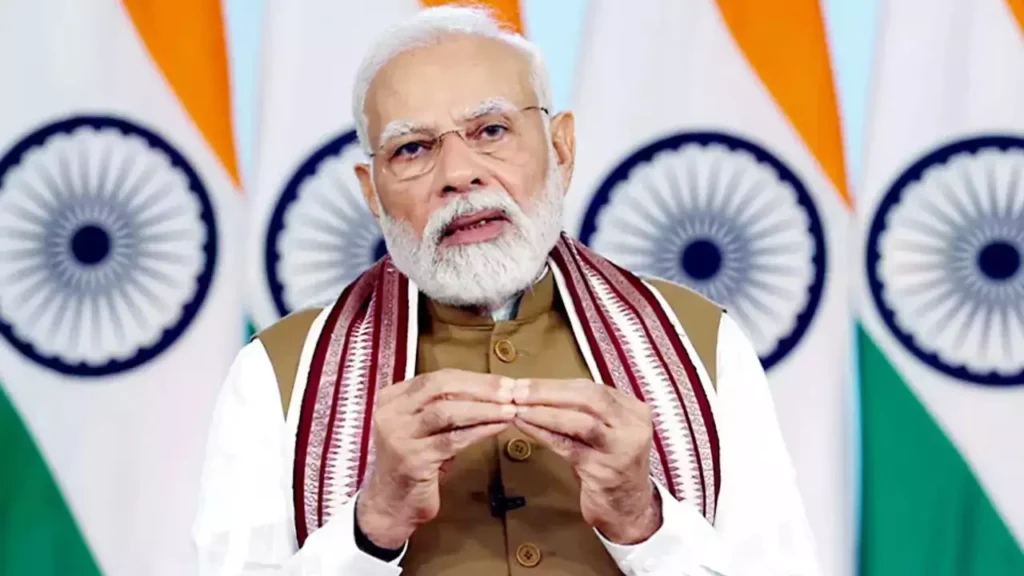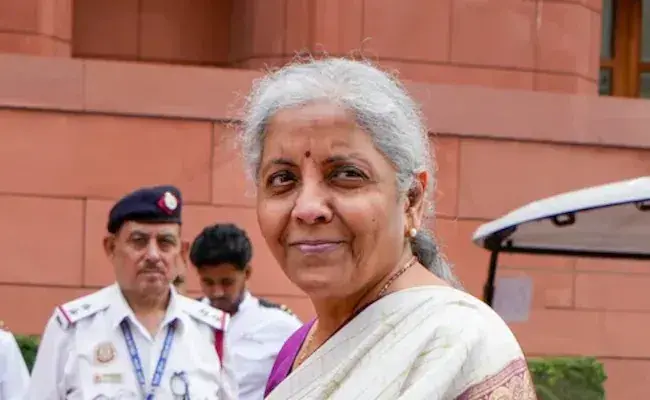Foreign Investment in India’s I&B Sector Slows Sharply in June Quarter Despite Strong Overall FDI Momentum
Foreign direct investment (FDI) inflows into India’s Information and Broadcasting (I&B) sector recorded a significant slowdown during the April–June 2025 quarter, even as the country’s broader FDI landscape remained steady. According to the latest data from the Department for Promotion of Industry and Internal Trade (DPIIT), cumulative FDI in the I&B sector stood at ₹76,143.29 crore by the end of June 2025 — up marginally from ₹75,590.84 crore in March 2025 and ₹74,369.17 crore in December 2024. This translates to just ₹552.45 crore in fresh FDI inflows during the first quarter of FY26, marking a steep 54.8% drop compared to ₹1,221.67 crore in the previous quarter. The figures, compiled from April 2000 onwards, indicate that investor sentiment in the I&B industry has cooled off after a relatively strong start to the year. While cyclical adjustments may partly explain the decline, analysts point out that the sector’s overall contribution to India’s total FDI remains small. High-growth areas such as Telecommunications, Automobiles, and Computer Software & Hardware continue to dominate, collectively accounting for over 25% of cumulative inflows. In contrast, the entire I&B segment—including print, broadcasting, and online media—makes up less than 1% of total FDI received since 2000. Despite the slowdown in the media sector, India’s overall FDI performance continues to demonstrate resilience. Cumulative inflows between April 2000 and June 2025 have surpassed ₹92 lakh crore. During the April–June 2025 quarter alone, total FDI (including equity, reinvested earnings, and other capital) amounted to ₹2,22,120 crore, with equity inflows contributing ₹1,59,428 crore. Experts suggest the current dip in I&B investments reflects a mix of regulatory uncertainties, industry consolidation, and fewer big-ticket deals. However, growing interest in digital media, OTT platforms, and sports broadcasting could spur renewed investor confidence later in the year—particularly as policymakers revisit FDI rules to align with the rapidly evolving digital ecosystem. With India’s media and entertainment sector undergoing rapid digital transformation, stakeholders are optimistic that upcoming reforms could help unlock new opportunities and make the I&B landscape more attractive to global investors. Source: Economic Times


